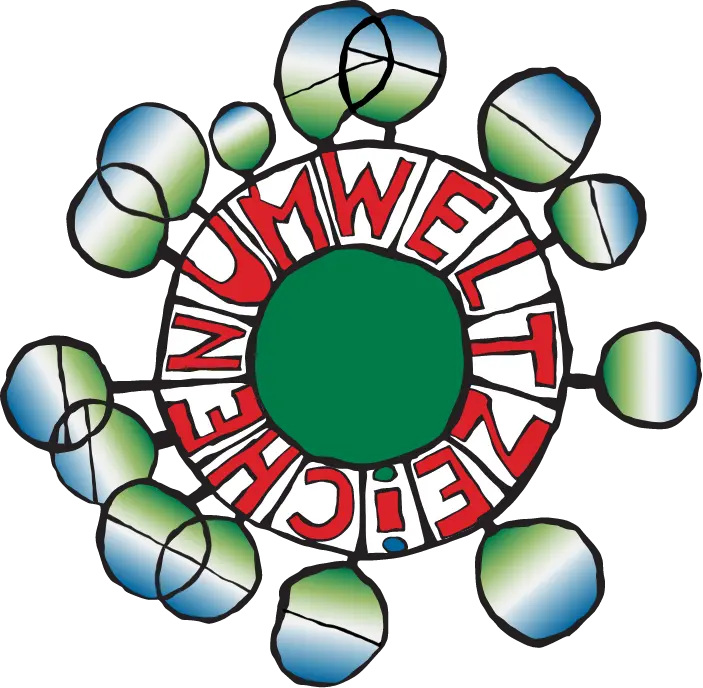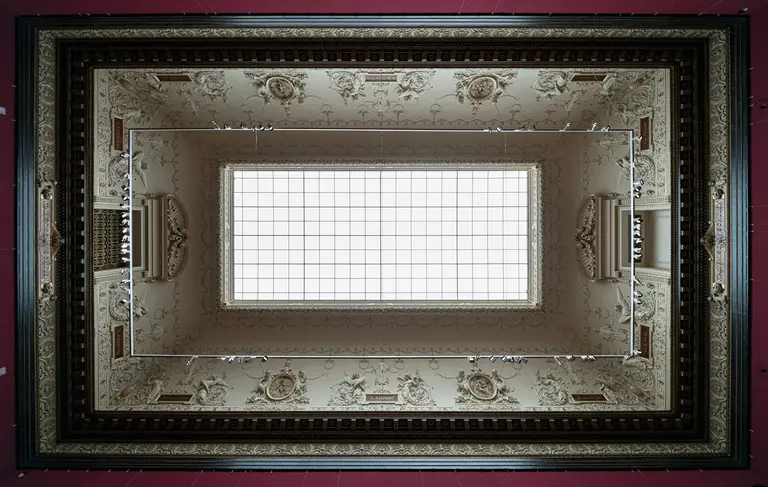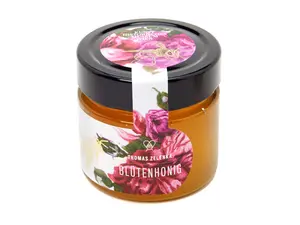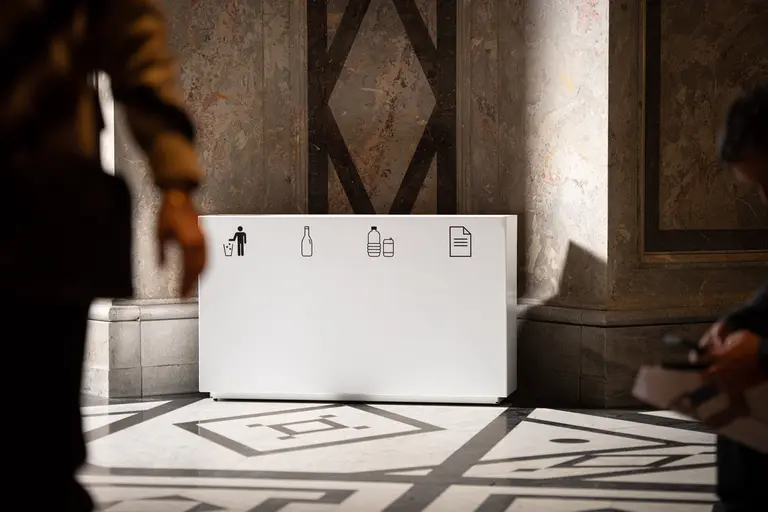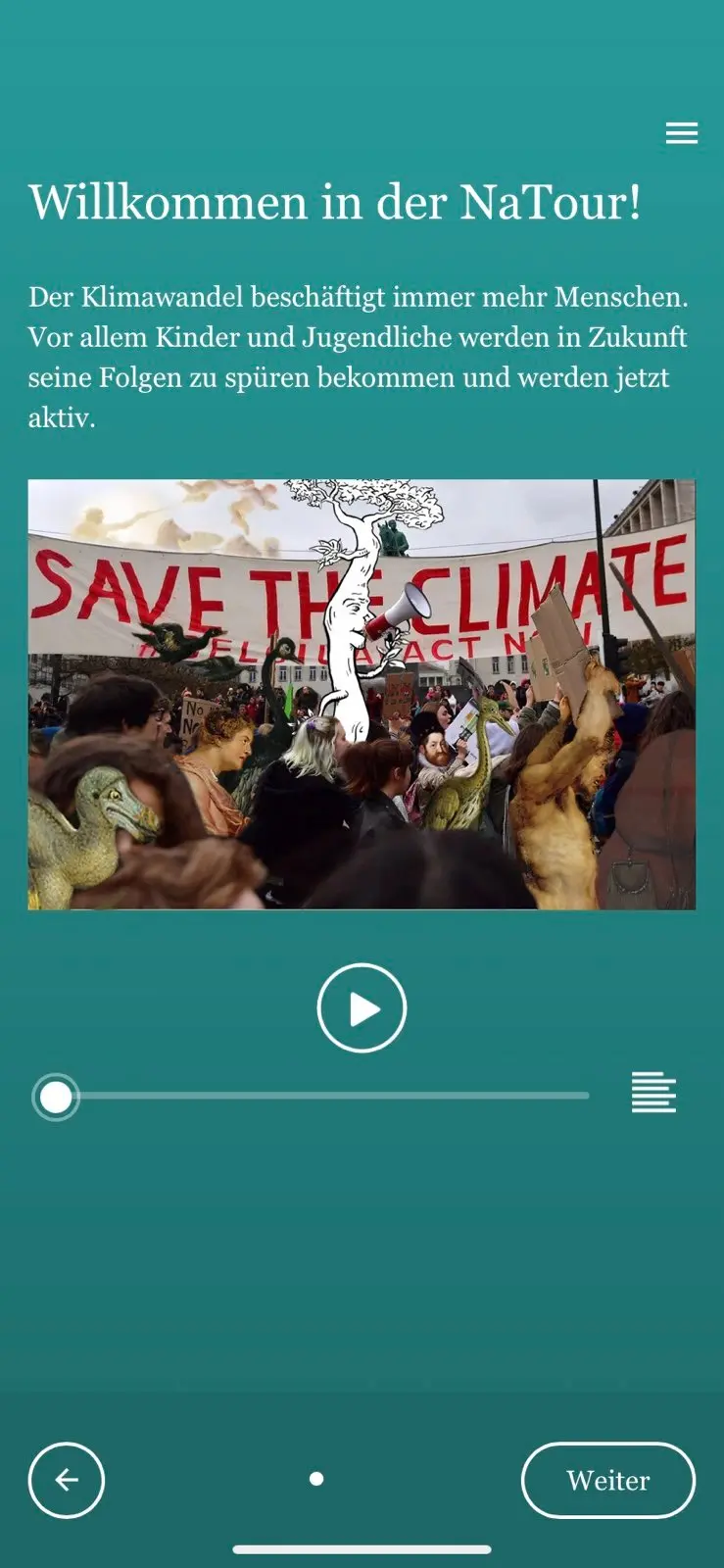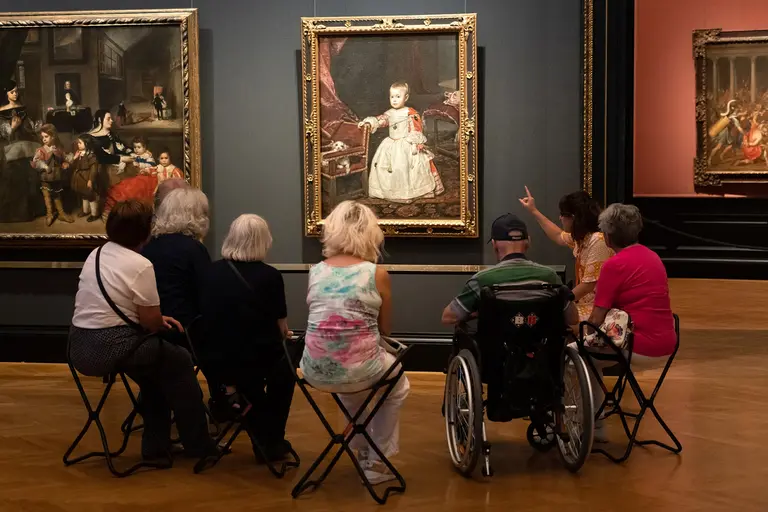On 16 December 2022 the Kunsthistorisches Museum, the Imperial Treasury, and the Imperial Carriage Museum were awarded the Austrian Eco Label (Österreichisches Umweltzeichen).
In recent years, environmental and sustainability concerns have already come into focus in a number of projects at the Kunsthistorisches Museum Vienna. Now, with the acquisition of the Austrian Eco Label, we have decided to conduct a thorough stocktaking of all areas, put environmental and sustainability agendas centre stage within our organization, and communicate this beyond our museums.
When we implemented these criteria…
we carefully examined sustainability at all the museums comprising the KHM-Museumsverband, discovering both weaknesses and potentials in the process and encountering commitment, dedication, and a willingness to get involved among staff members in all our collections and departments.
Implementing the Eco Label resulted in an extensive catalogue listing small and large measures that will define our ecological goals in the coming years. On top of that, we will follow the UN’s Agenda 2030 and its seventeen goals for sustainable development.

